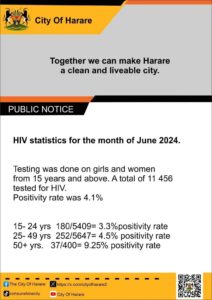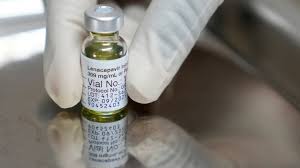The data revealed an overall HIV positivity rate of 4.1% across the tested population. This figure reflects the proportion of individuals who tested positive for HIV out of the total number tested. The statistics are crucial for informing public health strategies and resource allocation aimed at combating HIV in the city.Age-Specific Breakdown:
The HIV positivity rates varied significantly across different age groups, which highlights the varying levels of risk and the need for targeted interventions. Here is a detailed breakdown of the HIV positivity rates by age group:
Ages 15-24:
Out of 5,409 individuals tested in this age bracket, 180 tested positive for HIV.
This results in a positivity rate of 3.3%.
The relatively lower rate in this age group could suggest effective preventative measures or other demographic factors influencing HIV prevalence.
In this group, 252 out of 5,647 tested positive for HIV, yielding a positivity rate of 4.5%.
This rate is higher than that of the younger group, indicating a potential increase in risk or exposure as individuals age.
The positivity rate in this demographic is notably higher at 9.25%.
This significant rate may reflect increased vulnerability among older women and girls, potentially due to factors such as decreased access to preventive care or higher rates of undiagnosed HIV.











